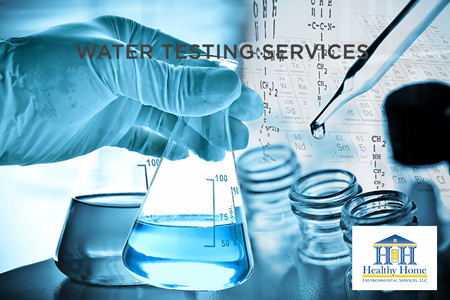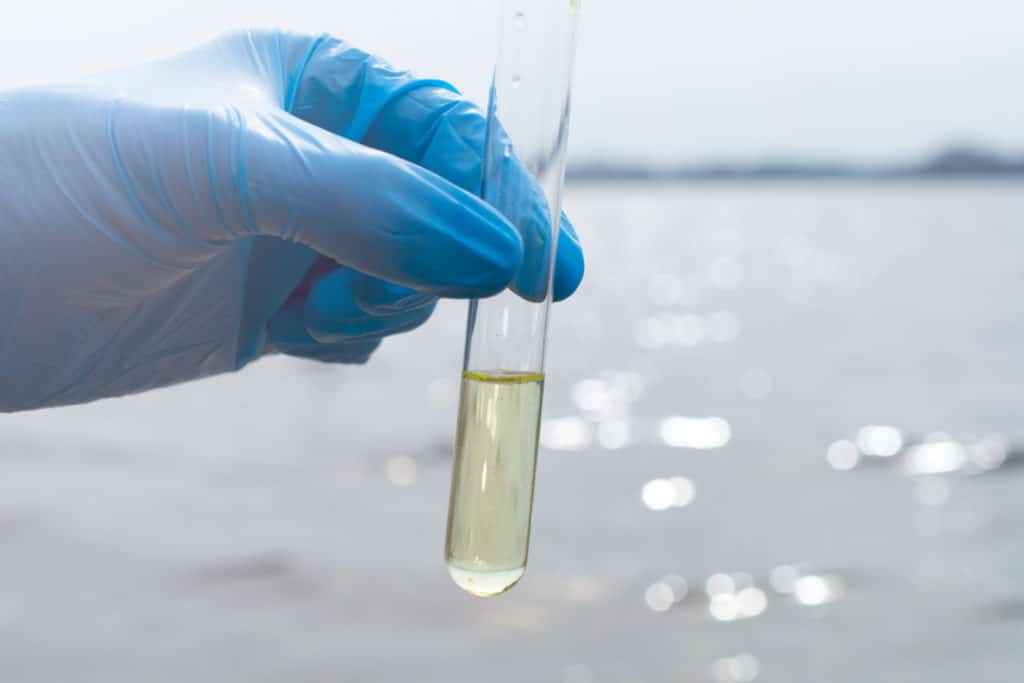Top Water Testing Service: Guarantee Your Household's Security Today
Understand the Value of Water Screening in Preserving Compliance With Wellness Standards
In the world of public health, recognizing the value of water testing is important for keeping conformity with rigorous wellness standards established forth by authoritative bodies like the WHO and EPA. What are the accurate approaches used in water screening, and how do they ensure that our most important resource remains unpolluted?
Key Health And Wellness Criteria for Water
Making certain the safety and top quality of drinking water is vital, as it straight impacts public health. Stringent wellness requirements are established to secure people from waterborne diseases and contaminants that can bring about adverse health and wellness effects. The Globe Health And Wellness Company (WHO) and national agencies like the Epa (EPA) in the USA set standards and governing limits for different physical, chemical, and biological parameters in drinking water.
These requirements are based on considerable scientific study and are regularly examined to include technical developments and new searchings for. Secret criteria include microbial pollutants such as germs and viruses, chemical contaminants like lead and arsenic, and physical qualities such as turbidity and pH degrees. Compliance with these criteria makes sure that water is devoid of dangerous materials and is aesthetically pleasing to the consumer.
Water screening plays a crucial function in validating compliance with these wellness standards. Regular tracking and screening assistance identify possible concerns before they present a substantial health and wellness risk, enabling prompt intervention and removal. By abiding by these requirements, water suppliers can maintain public confidence in the safety and security of the community's water system, therefore securing public health and wellness effectively.
Usual Contaminants Identified
When analyzing water quality, what are one of the most common pollutants that often tend to be detected? Understanding the typical contaminants is vital for maintaining compliance with wellness standards. Microbial virus, consisting of germs like Escherichia protozoans and coli such as Giardia and Cryptosporidium, are often discovered in water resources, presenting considerable health threats if ingested. Water Testing Service. These pathogens frequently stem from fecal contamination because of poor wastewater treatment or overflow from farming areas.
Nitrates, commonly resulting from farming fertilizers, can lead to severe wellness concerns, particularly in infants. Unstable organic compounds (VOCs) and pesticides, results of agricultural methods and commercial tasks, more add to water contamination.
Inorganic substances such as fluoride and chlorine, although often purposefully contributed to water for health benefits, can come to be troublesome at raised degrees. Finally, emerging pollutants, including pharmaceuticals and personal care items, are significantly being spotted, increasing concerns about their possible effect on human health and ecosystems. Addressing these impurities is necessary for guarding public wellness and ensuring water high quality compliance.
Methods of Water Testing
Water testing's accuracy is essential for making sure and identifying pollutants security conformity. One widespread method is spectrophotometry, which gauges the absorption of light by chemical substances in the water, therefore identifying aspects like phosphates and nitrates.
Chromatography is one more sophisticated technique utilized, especially for organic pollutants. By separating combinations into private parts, it enables for comprehensive evaluation of intricate toxins. Gas chromatography and liquid chromatography are commonly used variations, each fit for various substance kinds.
Microbiological testing is important for spotting virus such as microorganisms, viruses, and protozoa. Strategies such as membrane layer filtration and multiple-tube fermentation are employed to society and identify microbial presence. These techniques are essential in securing public wellness by making sure microbial security.

Advantages of Normal Testing
Recognizing the various methods of water testing highlights the need of regular screening practices to keep water high quality. Regular water screening functions as an aggressive procedure to determine possible pollutants prior to they escalate into severe wellness risks. By continually checking water high quality, companies can find pollutants such as microorganisms, hefty steels, and chemical residues early, permitting timely interventions that stop carcinogen and expensive remediation efforts.

Furthermore, regular testing makes sure that water supply follow established health requirements and guidelines. This conformity is critical for avoiding lawful penalties and maintaining the depend on of stakeholders and consumers. Consistent water quality analyses assist determine patterns or variations in water structure, providing important information that can lead functional decisions and resource management approaches.
In markets such as municipal water food, supply, and medical care processing, preserving high water high quality standards is indispensable to securing public health. On the whole, the benefits of regular water screening prolong beyond conformity, improving functional efficiency, public security, and ecological stewardship.
Tips to Guarantee Conformity
To guarantee compliance with water high quality laws, organizations should apply an organized approach encompassing both corrective and precautionary steps. At first, a detailed danger analysis must be performed to recognize prospective contamination resources and susceptabilities within the water supply. This analysis informs the growth of a customized water administration plan that describes particular testing methods, regularity, and criteria needed to fulfill governing requirements.
Subsequent to the preparation stage, organizations ought to develop a routine for routine water testing that adheres to both regional and national standards. Using certified research laboratories makes certain the accuracy and integrity of test outcomes. Any type of inconsistencies from acceptable water top quality standards have to trigger instant rehabilitative actions, such as system cleansing, repairs, or adjustments in therapy processes.
Moreover, maintaining thorough documents of all testing tasks, outcomes, and corrective actions other is important for demonstrating conformity throughout audits and examinations. Regular training and updates for team associated with water administration processes are vital to ensure they recognize existing laws and finest techniques.
Conclusion
Routine water testing is necessary for preserving conformity with health criteria set by organizations such as WHO and EPA. By determining pollutants like microbial virus, hefty steels, and Continue chemicals, testing ensures that alcohol consumption water continues to be safe. Aggressive surveillance protects public wellness, sustains governing compliance, and fosters confidence in water high quality administration. Furthermore, constant screening promotes environmental sustainability and safeguards communities, protecting important water sources for future generations. Compliance with these criteria is essential for the wellness of culture.
In the world of public health, recognizing the importance of water testing is essential for preserving conformity with strict wellness criteria set forth by reliable bodies like the That and EPA. By sticking to these standards, water carriers can keep public confidence in the security of the neighborhood's water supply, consequently securing public wellness efficiently.

In markets such as metropolitan water supply, food, try this web-site and healthcare processing, preserving high water high quality standards is indispensable to shielding public health.